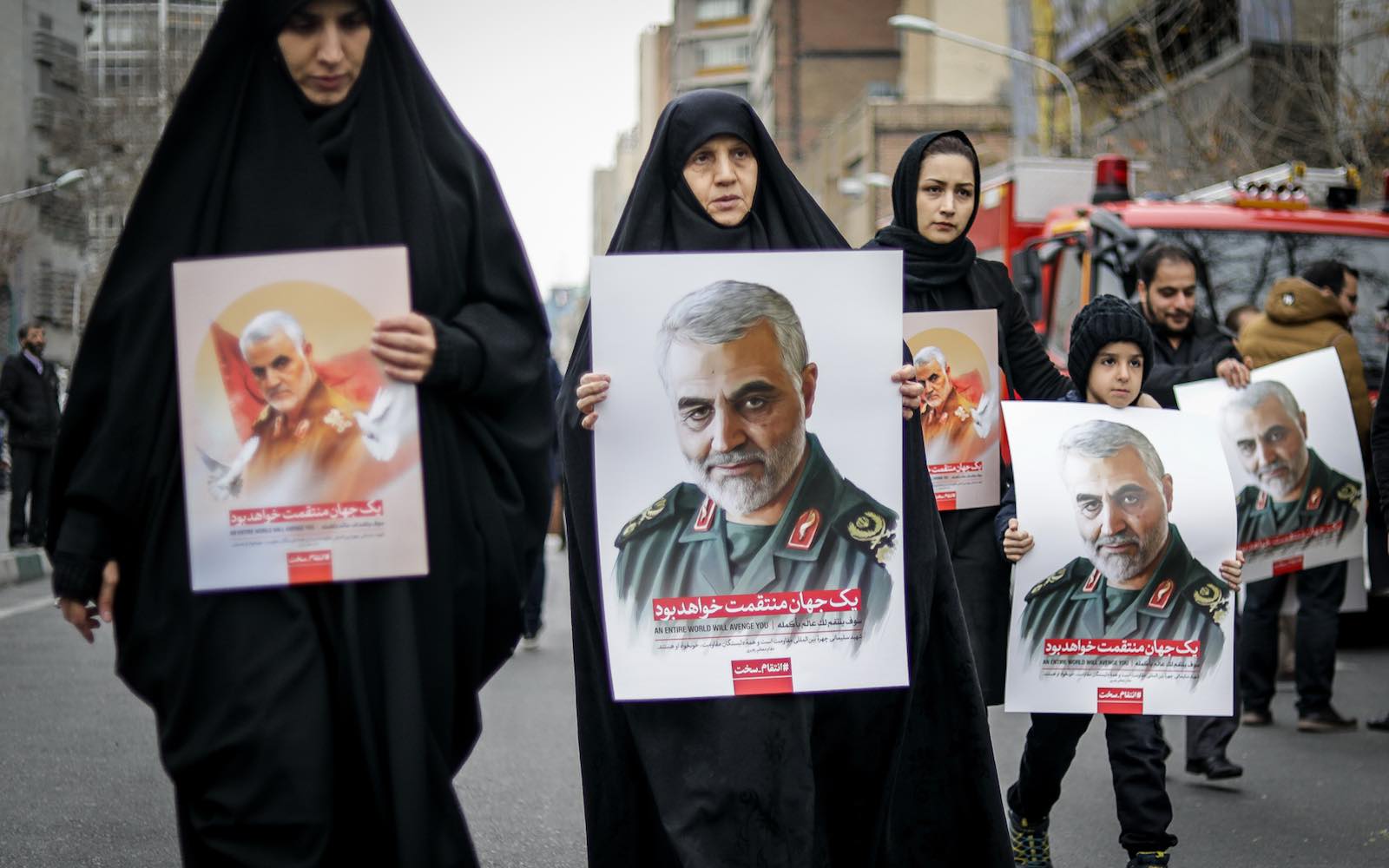The drone strike on Qasem Soleimani was unlawful, the report finds, but weak analysis undercuts its conclusion.
In the early hours of 3 January 2020, missiles fired from US drones killed ten people near Baghdad airport. Drone strikes by the US are almost commonplace these days, but what made this particular strike noteworthy was its target: General Qasem Soleimani, commander of Iran’s Quds Force, a unit of the Islamic Revolutionary Guard Corps and part of the armed forces of Iran. The others killed were Iraqi and Iranian members of his entourage.
The US immediately issued a press release claiming that Soleimani was “actively developing plans” to attack American diplomats and armed forces in Iraq and elsewhere in the region. He was responsible, the US said, for a number of recent attacks in Iraq that had killed hundreds and injured thousands of US and coalition forces. There had been about a dozen of these attacks over the previous two months, all by “Iranian proxy forces” such as Kataib Hezbollah, an Iraqi militia known to have close ties to the Quds force.
According to the US, Soleimani had orchestrated or approved all these attacks. Killing him was both “defensive” and “aimed at deterring future Iranian attack plans”. Particularly when read together with the Pentagon statement of the previous week, it is clear that the US was pleading self-defence, both in response to past attacks and to deter future attacks.
Read the article by Alison Pert in The Interpreter.

